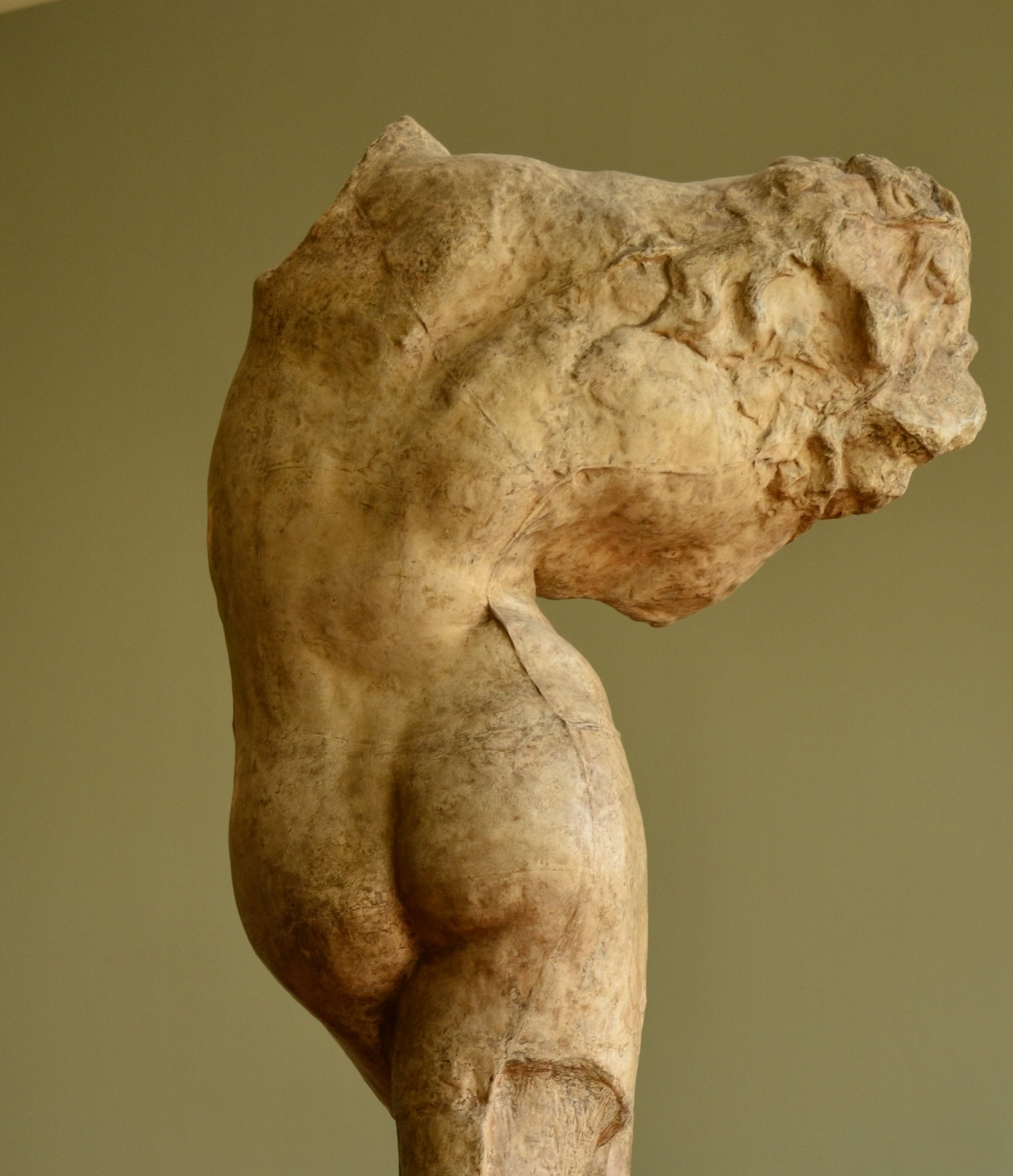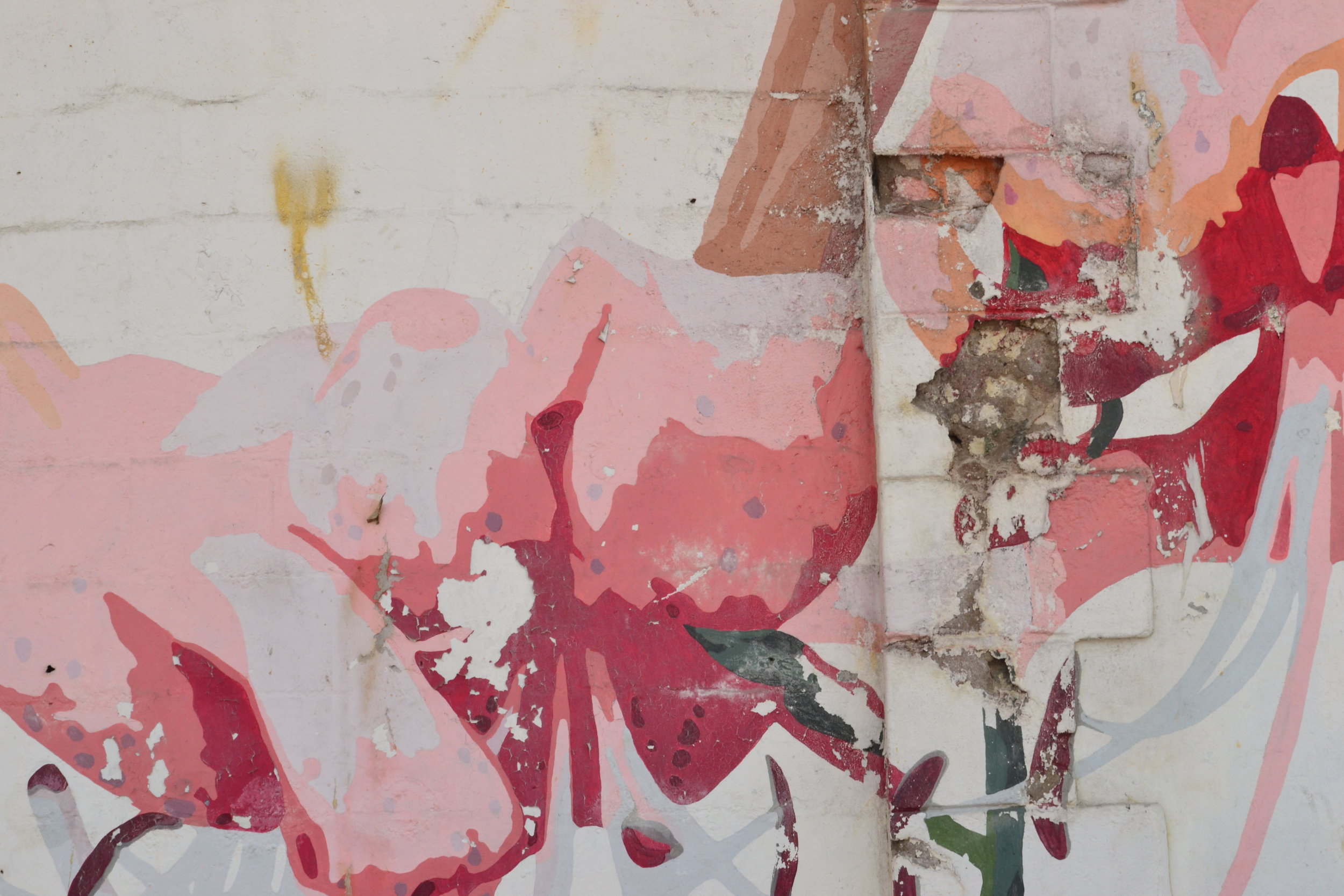Dusk, Rodin
Rodin, Paris
Graffiti
Hukumuri, at Night
The Afternoon Before
Nests in the African Sky
Playspace
Hukumuri
INSPIRED BY: Antoni Gaudí
Rethinking color and decorative embellishment.
LOCATION, LOCATION, LOCATION
Three Distinct Ways To Showcase Your PROPERTY'S Neighborhood
Most real estate developers (or their brokers) put a map and neighborhood description in the print and digital marketing collateral for their properties, but are they making the most of this aspect of storytelling? Is their approach supporting the property’s brand positioning? Is it keeping people on the website longer? Is it enhancing the perceived value of the residence?
Here are three distinct approaches to showcasing your neighborhood in a way that will help sell your property.
Curated Lifestyle
For The Continental, a luxury residential rental building in New York City’s Herald Square neighborhood, the agency I worked with created three themed maps: Best Local Markets; Style & Design Essentials; and Art, Culture & Entertainment. Each map showed the same catchment area, but only indicated the destinations for that theme. I wrote editorial-style overviews for “featured” destinations, giving the brochure the feeling of a travel magazine or a guide book. This strategy shifted focus from the perception that Herald Square is not a residential neighborhood to the reality that it is incredibly accessible to a wide array of valuable lifestyle destinations.
Destination Guide
In the brochure for One Thousand Museum, an ultra-luxury residential condominium in Miami, we built out an extensive location section. It opened with a single map showing thumbnail photos of over a dozen selected nearby destinations. Almost all destinations are related to art, culture and entertainment, which is very much in alignment with the brand positioning of the building – an architectural masterpiece designed by Pritzker Prize-winning architect Zaha Hadid. Subsequent pages have larger images of each destination along with a paragraph describing it.
Activity-Oriented
The brochure for HYDE Resort & Residences is much more streamlined and focuses on broad activity-oriented categories rather than specific destinations. Across a single spread, one-word headlines and photos let potential buyers see at a glance all of the nearby lifestyle amenities. This “at-a-glance” layout is in line with the high-energy, stylish, and youthful positioning of the property.
Do It for Your Property
Choosing the right approach for your property is a matter of asking the right questions up front and then brainstorming unique ways to frame your location in support of your property’s brand positioning. Here are some things to consider:
Is your property located in a residential neighborhood that is already well known and highly regarded?
What kinds of destinations are likely to be important to your target audience? (restaurants, entertainment, shopping, airports, etc)
What kind of lifestyle is your target audience seeking and how would living at your property deliver on that lifestyle? (access to green space, waterfront, beach, sporting fields, etc.)
Take the answers to these questions and start thinking outside the box. When you approach it this way, the “location” section of your website can really support your property sales and marketing efforts.
FRAMING LUXURY TO YOUR ADVANTAGE
ANSWER Four Strategic Questions TO HELP DIFFERENTIATE YOUR PROPERTY
In the competitive world of luxury real estate, high-impact copywriting is a thoughtful balance of lyrical prose and strategic content. Possibly in reverse order, because it takes more than a pretty phrase to move the needle and connect powerfully with your most valuable audience. In order to grab their interest, close the sale, book the room, or rent the apartment, you need to deliver information that matters to your target in a style that engages them. It really is all about them.
I’ve been writing copy for luxury properties for more than a decade, and one of the most important lessons I’ve learned in that time is the value of a thorough up-front briefing about target audiences and the products my clients want to sell to them. Before I write a word, these are the core questions I ask. If my client has thought-out answers, fantastic. If not, we work through these building blocks together.
What is your property’s brand positioning?
Is it elegant, chic, traditional, a trendsetter, a timeless classic, or something else?
What is its positioning relative to the competitive set? Are there any ways in which is it the first, most, best, only, or last of its kind?
Who is your target audience?
This is a distillation of the demographics and psychographics of the buyer who will most value what you have to offer – it is a caricature in some ways. Answers help guide both the tone of voice and the content that should be emphasized.
How old are they? Are they single, married, first-time-homebuyers, empty-nesters, hipsters? Are they old money, nouveau riche, or self-made?
Perhaps most importantly: what do they value and covet? Service, elite design, freedom, tranquility, excitement, recognition, anonymity?
Which properties are your top competitors?
What do they have that you don’t?
Bear in mind that in some cases the competition goes beyond properties in the local area. For example: people living in the northeastern US and searching for a second home in a warm climate may look in South Florida as well as the Caribbean.
What differentiates you from your competition?
What do you have, do, and offer that no one else does, has, or offers?
Maybe you have (do, offer) the same things, but yours are qualitatively or stylistically different … how are they different? (bigger pool, more experienced concierge, cooler rooftop terrace)
Answers to these questions create direction and clarity – always the perfect place to start anything. They make it possible to build a powerful story that will capture the attention you need from the clients you want.































